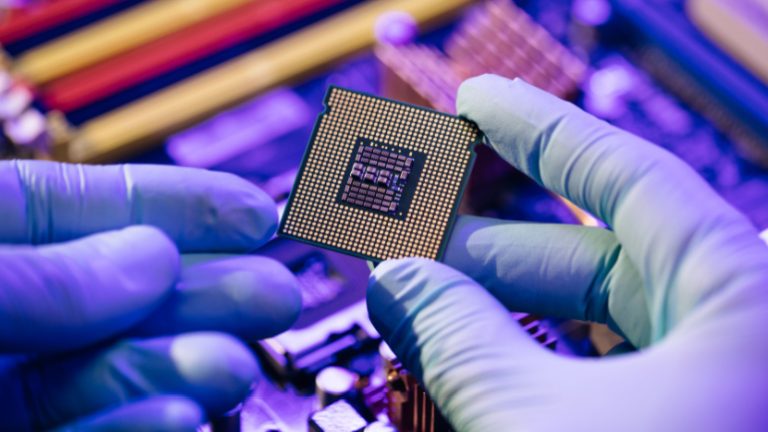
The Swedish Post and Telecom Authority (PTS) has been involved in a lengthy process of auctioning off its spectrum allocation, and it culminated recently with a notable success. The three major operators in the country participated in this auction, not only in earnest but also by buying up all the spectrum that was up for grabs.
The auction has significant implications. By successfully allocating the spectrum, PTS expects to bolster the country’s wireless services in the coming years. This move is particularly critical as Sweden looks to strengthen and expand its 5G network capabilities.
“The assignment aims at an efficient and secure use of frequencies that contributes to the continued digitalisation of Sweden,” said PTS in a statement. This statement clearly underscores the importance of this auction to Sweden’s digital future. It also highlights PTS’s commitment to assigning national block licenses in the critical bands of 900 MHz, 2.1 GHz, and 2.6 GHz well in advance before the current licenses expire.
What was intriguing about the recent auction was the speed at which it concluded. The auction wrapped up in a single day, raising an impressive total of SEK 4.23 billion (around $380 million) for the Swedish government.
Delving further into the auction specifics, Telia acquired 2×15 MHz in the 900 MHz band, 2×20 MHz in the 2.1 GHz band, and 2×30 MHz in the 2.6 GHz band. For this swathe of spectrum, the operator shelled out SEK 1.55 billion (approximately $140 million). Also, Hi3G, a subdivision of CK Hutchison, bid for and obtained 2×10 MHz in the 900 MHz band, 2×20 MHz in the 2.1 GHz band, and 2×10 MHz (FDD) plus 1×10 MHz (TDD) in the 2.6 GHz band. This total spectrum cost the company SEK 1.21 billion (about $110 million).
Moreover, Net4Mobility, a partnership between Tele2 and Telenor Sweden, procured 2×10 MHz in the 900 MHz band, 2×20 MHz in the 2.1 GHz band, and 2×30 MHz in the 2.6 GHz band. This allocation set them back by SEK 1.47 billion (nearly $130 million).
The 900 MHz licenses will come into effect from the beginning of 2026 and will be valid till the end of December 2048. On the other hand, the 2.1 GHz and 2.6 GHz licenses will begin on similar timelines but have an extended validity till the end of December 2050. This clearly showcases Sweden’s commitment to long-term, sustainable digital growth.




